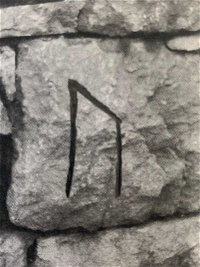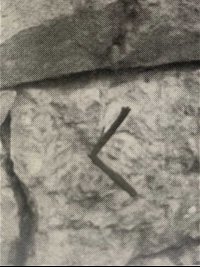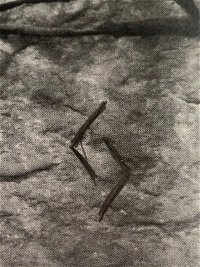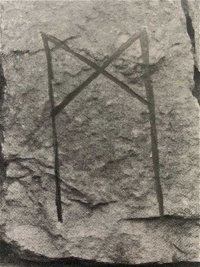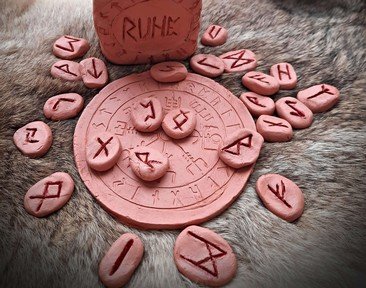
Norse Runes of Elder Futhark Trivia Quiz
Elder Futhark is an ancient runic alphabet used by Germanic peoples. It consists of 24 characters and holds symbolic meanings. See if you can match the name of the character with the character itself. Good luck!
This is a renovated/adopted version of an old quiz by author aria
by LeoDaVinci.
Estimated time: 3 mins.

